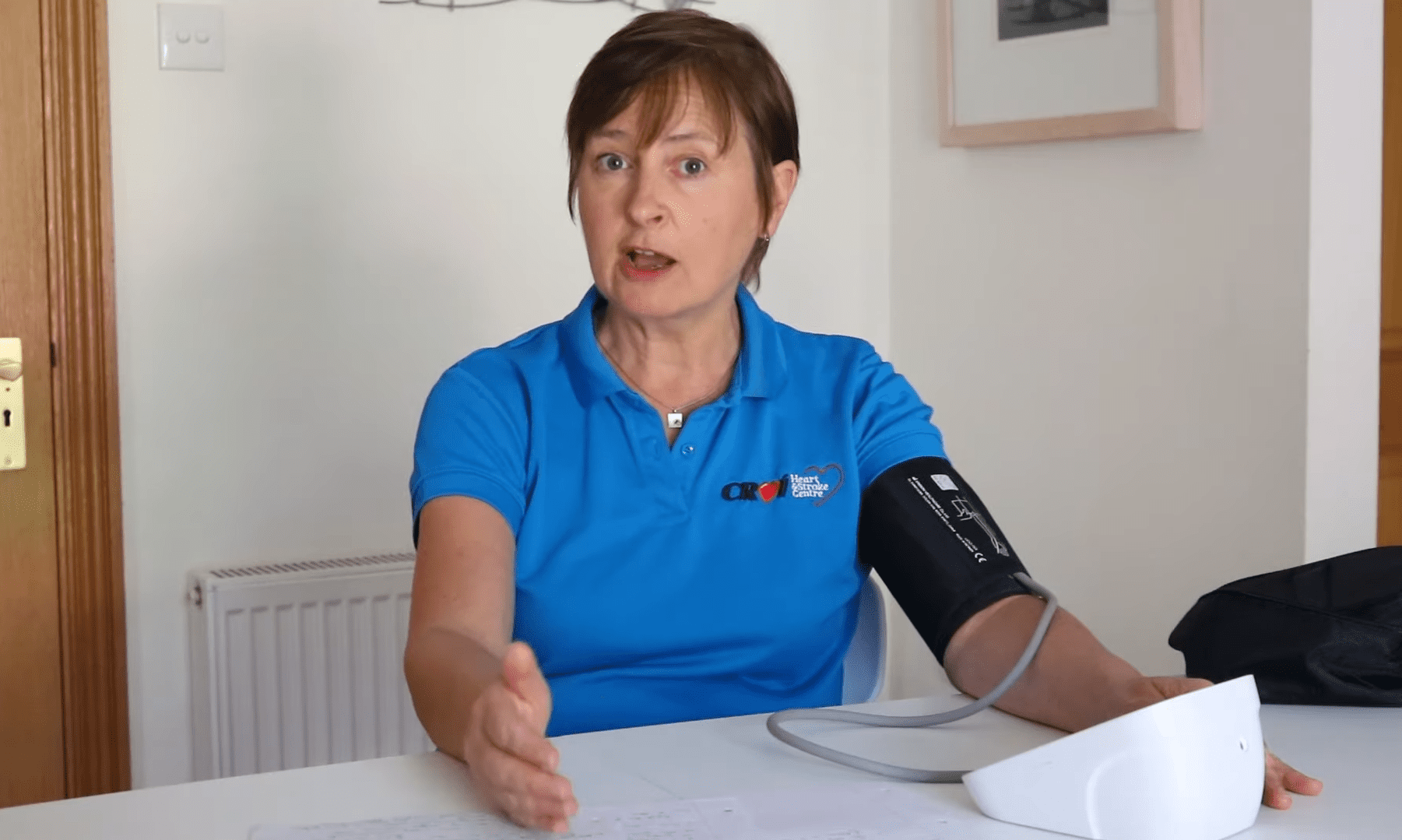High Blood Pressure – Miami Participant Page
Home / High Blood Pressure – Miami Participant Page

HIGH BLOOD PRESSURE
Blood pressure refers to the amount of work the heart has to do to push blood through the arteries in order to deliver essential oxygen and nutrients to all parts of the body.
Everyone has blood pressure and it is measured using two numbers. One number records the force at which your heart pumps the blood around your body. This is the highest level your blood pressure reaches and is called the systolic pressure. The second number refers to the lowest pressure and is the measurement taken as the heart relaxes between beats. This is called diastolic pressure.
The reading taken by your doctor is then written as two numbers. A blood pressure reading under 120/80mmHg is considered optimal, where 120 is the higher or systolic pressure and 80 is the lower or diastolic pressure.

High blood pressure (also known as hypertension) is when the force of the blood flowing through your blood vessels is consistently too high. The target for most people is to have a blood pressure below 140/90mmHg (or 130/80mmHg if you have diabetes). A consistent blood pressure reading of 140/90mmHg or higher is considered high blood pressure and requires medical attention.
High blood pressure is a sign that the heart and blood vessels are being overworked which in turn increases your risk of having a heart attack or a stroke. It can also lead to other conditions such as aneurysm, heart failure, problems with your vision and kidney failure.
For most people, there is no one identifiable cause of high blood pressure. This type of high blood pressure is called primary (essential) hypertension and tends to develop gradually over a period of years. However, there are a number of factors that contribute to high blood pressure and these include:
- Family History of high Blood pressure
- Age – as we grow older , blood pressure tends to rise
- Ethnic origin – people from African-caribbean and south Asian communities have a higher predisposition to developing high blood pressure.
- Smoking
- High intake salt (sodium) in your diet
- High Intake of alcohol
- Being overweight
- Being inactive – lack of regular exercise
A small number of people have high blood pressure caused by an underlying condition such as kidney disease, adrenal gland disorders, diabetes or thyroid problems. This is called secondary hypertension.
High blood pressure is sometimes called the ‘silent killer’ because there aren’t usually any symptoms and it can go undiagnosed. The only way to determine if you have the condition is to have it checked regularly by a doctor or nurse to reduce your likelihood of having a heart attack or stroke.
Having your blood pressure measured is quick and easy and can be done by either your doctor or a nurse. They will place a blood pressure cuff on your upper arm which is then inflated and this measures the pressure in your blood vessels. A person’s blood pressure can vary over time and therefore your doctor may bring you back for rechecks to obtain a number of readings.
Sometimes, your GP may recommend 24-hour blood pressure monitoring which means wearing a monitor for 24 hours. This machine will check your blood pressure every half hour and provides a more accurate picture of your blood pressure over an average day and night. Blood pressure varies at different times depending on what you are doing. Therefore, it is important to carry out your daily activities as normal while wearing this monitor.
As blood pressure is just one of the risk factors for heart disease or stroke, your doctor may also decide to do some extra blood and urine tests to identify other risk factors you may have.
Many people also like to monitor their blood pressure themselves using a home blood pressure monitor. The British & Irish Hypertension Society publishes the only independent, validated blood pressure monitors for home use, not governed by commercial interest. For a full list of validated blood pressure monitors, click here, or here is Croí’s short-list of recommended blood pressure monitors:
- A&D UA-705: Upper Arm
- A&D UA-704: Upper Arm
- Omron M2 Compact (HEM-7102-E): Upper Arm
- Omron M2 Basic (HEM-7116-E) (Derivative of M3-I (HEM-7051-E)): Upper Arm
- Omron M7 (HEM-780-E): Upper Arm
If you are diagnosed with high blood pressure, your doctor will recommend a number of lifestyle changes including the following:
- Maintain a healthy weight
- Stop smoking
- Reduce salt intake
- Drink alcohol in moderation
- Increase your intake of fruit and vegetables and have a healthier diet
- Become more physically active
- Try to manage stress
- Taking your medication as prescribed
If lifestyle changes alone are not effective in keeping your blood pressure controlled, it may be necessary to combine these changes with taking blood pressure medication. Your doctor will prescribe the medication most suited to you based on your medical history. For some people, blood pressure can be difficult to control and therefore it is not unusual to have your medication dose adjusted or, to have to try several medications before you find the one that works best for you.
By taking control of your blood pressure, you can make a positive step towards reducing your overall risk of having a heart attack or stroke. You can do this following the medical advice you are given by your doctor, having regular check-ups, taking your medication as prescribed and making positive lifestyle changes.

